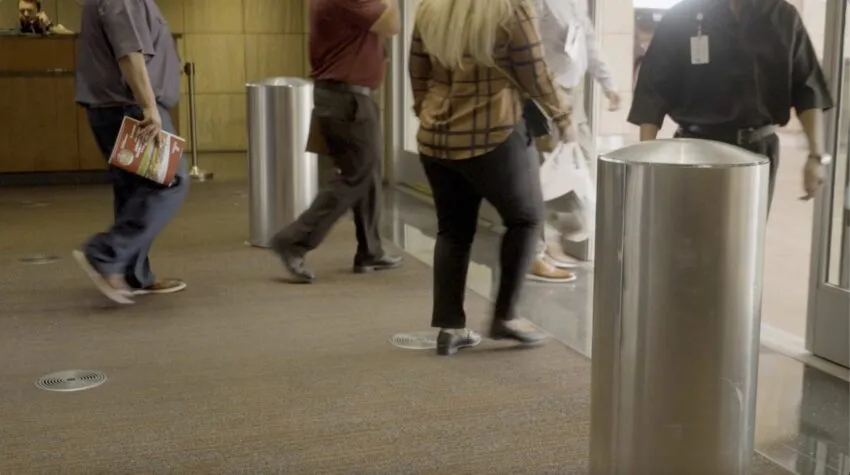Implementing layers of physical security in hospitals is currently a top priority amid reports of rising workplace violence in healthcare facilities. A meta-analysis of 47 observational studies reported that the overall prevalence of workplace violence against healthcare professionals was 62.4%, with verbal abuse accounting for the highest majority (61.2%) and physical violence representing a substantial 13.7% of incidents.
Faced with these troubling statistics, hospital security departments are being called upon to develop robust physical security layering strategies to keep patients and healthcare providers safe. But what does this entail?
This article will review the proactive measures security departments can take to optimize safety and the critical role a weapons detection system plays in keeping weapons out of hospitals.
What are Layers of Physical Security?
Layers of physical security are best described as a strategy that uses multiple layers of protection to prevent, detect, and respond to critical threats. In overseeing the security of a hospital environment, layers of physical security can include many types of preventative measures designed to discourage abusive behavior and the possession of weapons.
Preventative Layers of Physical Security
Placing cameras (including LPR cameras) in the hospital parking lot is one preventative measure that security teams can implement, as research indicates that cameras in parking lots can be an effective crime deterrent. Furthermore, in the event a crime is committed, LPRs can serve as a helpful tool for identifying suspect vehicles and assisting with investigative follow-up.
Clear signage and audio recordings communicating that abusive behavior won’t be tolerated and weapons are not permitted are also critically important preventative measures. It can also be beneficial to remind visitors of legal ramifications: assaulting a healthcare provider is classified as a felony. All this communication can serve as several effective physical security layers that collectively prevent weapons from entering your facility.
Two-way radio communication devices are also an indispensable physical security layer for security departments, as they enable security teams to easily communicate with one another regarding suspicious weapons or activity. Panic buttons and/or automatic door lock mechanisms are also important from a physical security layer standpoint, as they can help prevent weapons from entering the facility.
Weapons Detection Systems — One of the Key Layers of Physical Security
While the preventative measures outlined above are essential to a robust security strategy, integrating them with a weapons detection system is crucial to ensuring optimal patient safety.
SafePointe, an AI-powered weapons detection solution, is specifically designed to address the unique security challenges faced by hospital environments. Let’s explore these challenges and examine how SafePointe can effectively address them, ultimately enhancing patient safety.
Layers of Physical Security for Hospitals: A Comprehensive Approach
Ensuring safety in a hospital setting is a vital responsibility that demands a comprehensive, multi-faceted approach. By combining the recommended preventative measures with a weapons detection system like SafePointe, your layers of physical security can effectively mitigate safety risks and promote a secure environment for your healthcare facility.





